The fragrance of a conifer in the living room is an inherent part of Christmas. A reasonable size, a beautiful shape, and marvelous decorations . . . but which type of tree should you choose this year? Herewith, a complete guide to the most common Chritmas trees.
Norway spruce (Picea abies)
This is the least long-lasting tree. The needles are short and thick, but drop off quickly. But because of its beautiful shapes and various colours, the Norway spruce is still a popular tree.
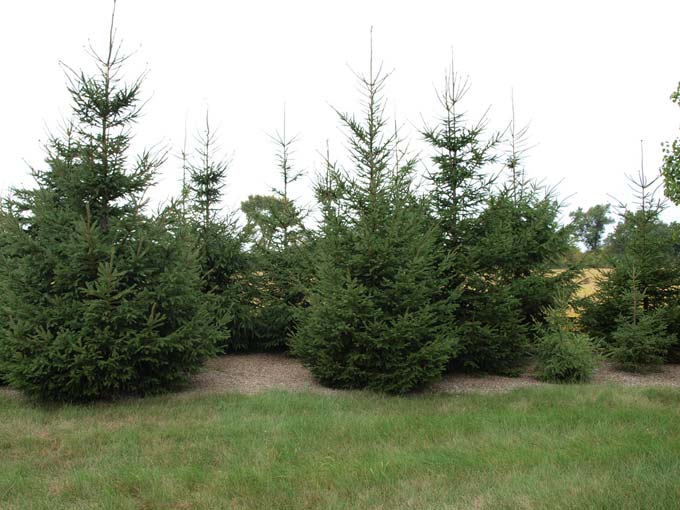
Photo: F. D. Richards
Scots pine (Pinus sylvestris)
It´s one of the most recognisable trees, with long needles and a relatively thin crown which some people find unattractive. On the other hand, this tree lasts the longest of all Christmas tree types and can be an attractive choice if you find one that is nicely shaped.
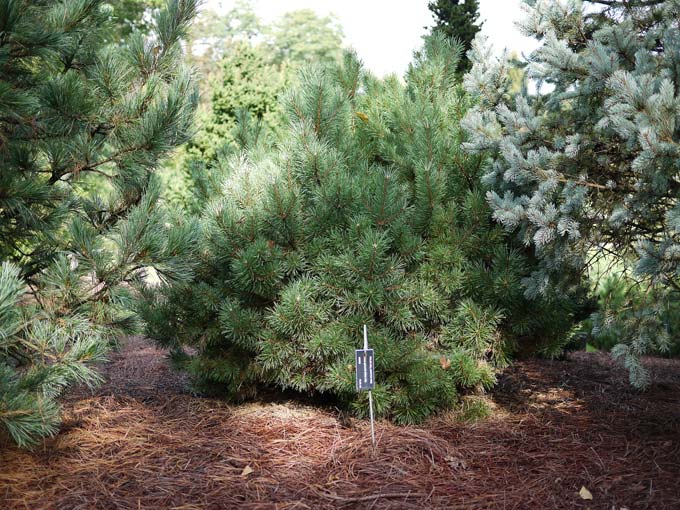
Photo: F. D. Richards
The blue spruce, green spruce, white spruce, Colorado spruce, or Colorado blue spruce (Picea pungens)
It has a full crown and is generally a sturdy tree. The needles have a minimal tendency to fall.
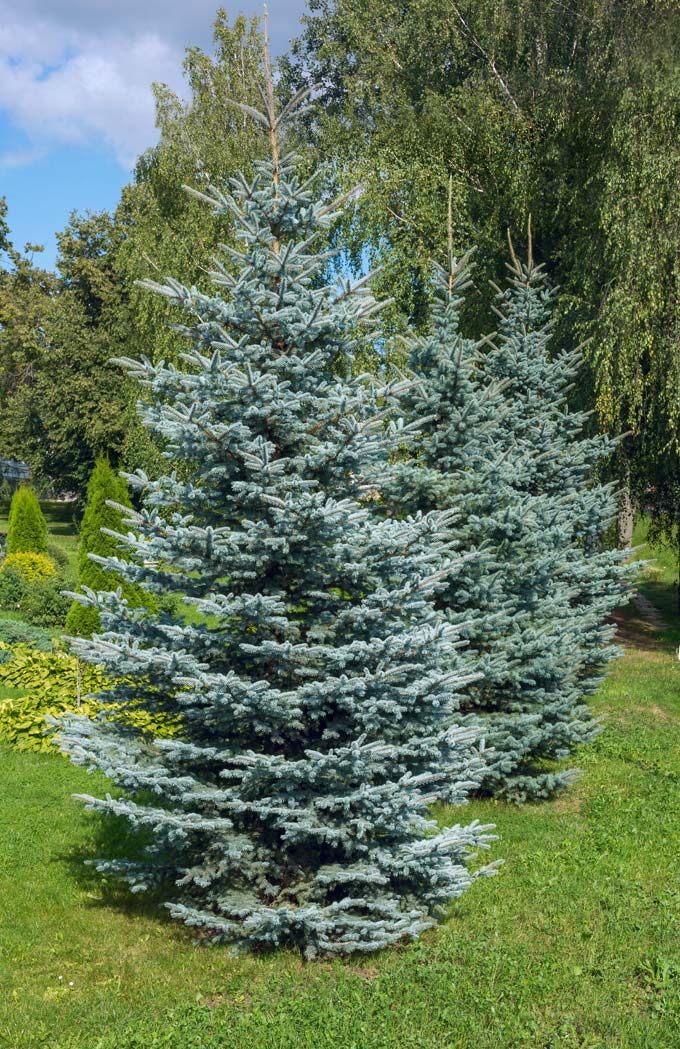
Colorado blue spruce / Photo: Shutterstock
Austrian pine or black pine (Pinus nigra)
Has similar characteristics as the above-mentioned Scots pine, except it is a broader tree with longer needles and sheds its needles slowly.

Photo: Mark Bolin
Nordmann fir or Caucasian fir (Abies nordmanniana)
This tree is the most expensive of the conifers, and justifiably so. It has an almost perfect shape, with short, beautiful needles that last a long time.
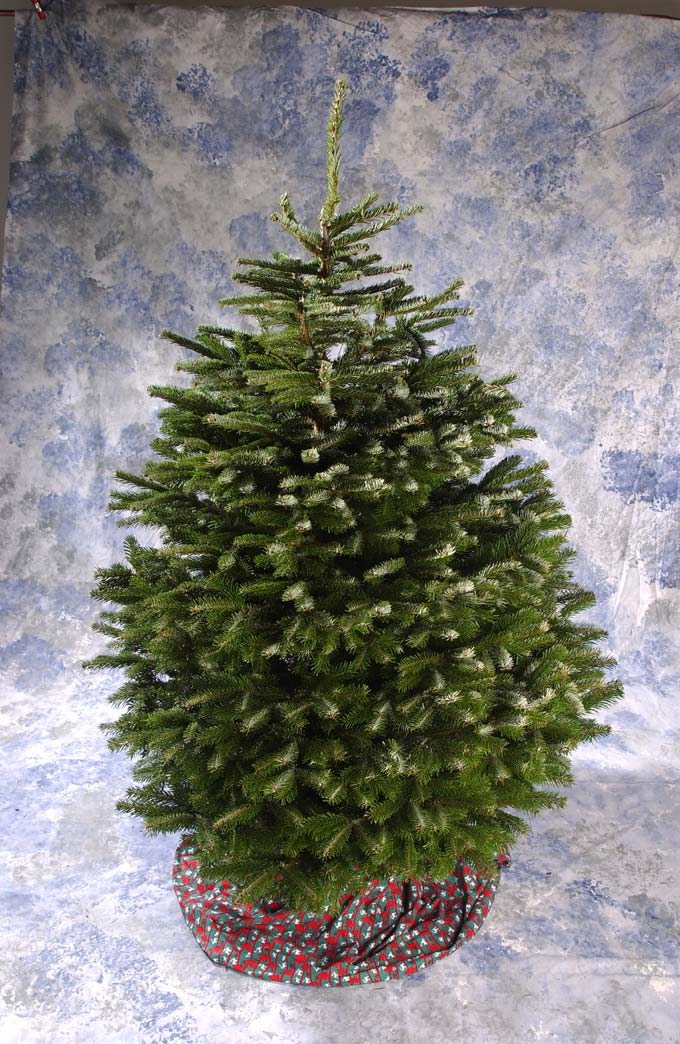
Photo: Oregon State University
For any kind of tree, there are a few rules to follow to keep your Christmas tree fresh all through the season:
- The stand should be able to hold water, and it should be replenished regularly. It is also a good idea to add cut flower powder or even an aspirin to the water.
- The Christmas tree should be placed far from heat sources (including radiators or fireplaces)
Alternative to cut trees
This year the forestry department of the city of Prague is proposing an original idea: trees sold in pots that will be planted in nearby forests as a community activity during April.
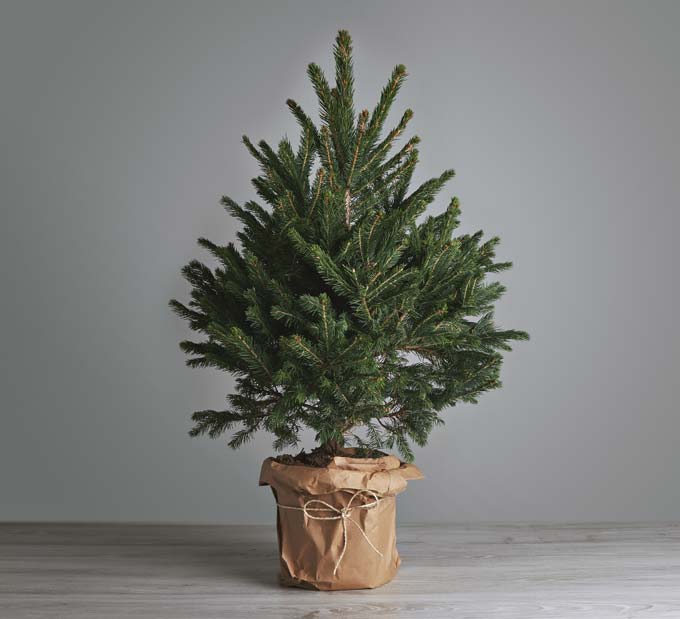
Photo: Shutterstock

Photo: Shutterstock
Support us!
All your donations will be used to pay the magazine’s journalists and to support the ongoing costs of maintaining the site.
Share this post
Interested in co-operating with us?
We are open to co-operation from writers and businesses alike. You can reach us on our email at [email protected]/[email protected] and we will get back to you as quick as we can.









